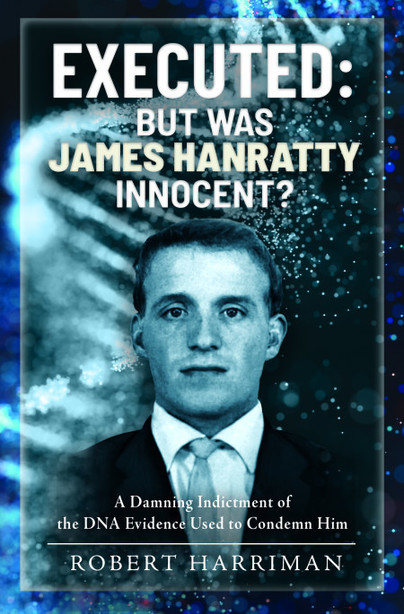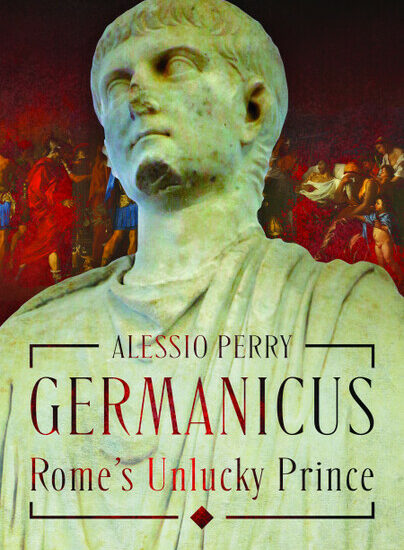Author Guest Post: Robert Harriman
James Hanratty was hanged at Bedford prison in April 1962. He had been found guilty of the murder of Michael Gregsten, a married father of two, at Deadman’s Hill on the A6 in Bedfordshire in August 1961. This was after what was, at that time, the longest and one of the most contentious murder trials in British Criminal history.
The assailant also raped and shot Valerie Storie, Gregsten’s mistress, leaving her for dead before driving away from the attack site in the couple’s car, having hijacked them both at a lover’s tryst near Dorney Reach in Buckinghamshire several hours earlier. Miss Storie survived; although she was paralysed from the waist down and spent the rest of her life in a wheelchair.
While no charges were ever brought for the horrific attack on Miss Storie, her account of the events of that night were pivotal to the prosecution case in what became known as the A6 murder trial. She had identified Hanratty as the attacker in a subsequent controversial identity parade and remained steadfast till her death that the right man had been found guilty. However, Hanratty always protested his innocence right to the end, and even as the original trial was taking place a great deal of disquiet about this case had already taken hold and was being widely discussed in some quarters of the media and beyond.
For the next 35 years, in spite of the litany of obfuscation and prevarication from our political and judicial authorities, the disquiet about the case continued; comprehensively detailed in two books: “Who Killed Hanratty? by Paul Foot, and “Hanratty The Final Verdict” by Bob Woffinden. I defy any unbiased reader of these works not to harbour doubts about this case as the evidence for Hanratty’s innocence, due to his being in Liverpool and then Rhyl on the evening of the attack, is astonishing, compelling, and deeply disturbing.
In the face of the pressure for a review of the case, in 1975 the Home Office tasked Lewis Hawser QC with reviewing all the evidence in the case, including considerable relevant evidence that was being kept secret by the government. He proclaimed the verdict to be sound, enabling the authorities to continue to refuse to allow the case to be reconsidered in the Court of Appeal. However, his report was widely criticised for blatant errors, especially by those campaigning on Hanratty’s behalf, and even within legal journals of the time.
In the mid-1990s Sir Geoffrey Bindman, the Hanratty family’s legal representative, and Bob Woffinden, sent a dossier of over 400 pages about the issues with this case to Michael Howard, the Home Secretary. He asked Detective Chief Superintendent Roger Matthews, who also had access to the documents hidden by the Home Office, to review the case again considering the evidence presented. Matthews flatly contradicted the Hawser conclusion, considering Hanratty’s innocence to be overwhelming and was quoted as saying he no longer supported capital punishment as a result. The Home Office thereafter finally handed the case papers to the Criminal Cases Review Commission, although not all the hidden papers seemed to have been included.
The CCRC in due course deemed the case worthy of being considered by the Court of Appeal and at a preliminary hearing it was agreed that Hanratty’s body could be exhumed to hopefully provide a sample of his DNA for consideration against original evidence, including some of Miss Storie’s underwear.
Finally, in May 2002 a full hearing into the case was held before a panel of three senior judges, including Lord Woolf the Lord Chief Justice and Sir Brian, now Lord Justice, Leveson, who later chaired the famous News of The World phone hacking hearings. Contrary to the expectations of many, this hearing returned a verdict that Hanratty’s guilt had been proven by the DNA evidence and was very critical of the CCRC for bringing the case before it at all.
This result was widely reported within the media, and shortly afterwards the BBC devoted an episode of its flagship science program ‘Horizon’ to explaining how the DNA evidence proved Hanratty’s guilt, and there this deeply troubling case has remained for the last twenty years due to an obdurate establishment and a strangely unquestioning media.
In this light I asked myself the following questions: How had this Court of Appeal hearing considered the documented evidence supporting Hanratty’s innocence? Did it consider the witnesses to be mistaken, liars, or had it just ignored it? Also how had it assessed the veracity of the DNA evidence it had used to justify its verdict? I saw nothing in the media coverage of the case to answer these serious questions. As this case now stands, the DNA evidence proclaims the guilt of a man whom overwhelming evidence supports as being hundreds of miles away from the crime scene at the time. How can this be?
Although deeply troubled by this anomalous case I felt I could do nothing about it until 2007, when having gone back to university for an Honours degree in Forensic Computing, I was tasked with producing a paper detailing how forensic evidence had impacted a criminal case of my choice. I chose this case and unfortunately what I was about to learn about the way the hearing handled the evidence, instead of convincing me of Hanratty’s guilt, only served to exacerbate my concerns even more.
The myth of the inviolability of criminal DNA profiling is so entrenched in our society these days that almost everyone is quite content to let a claim of a profile match be considered a cast iron case of guilt of the defendant without question. It seems the highest levels of our judiciary are no exception. However, science is only valid if it is performed properly, while adhering to the highest professional unbiased standards. Critically the scientists’ work must be subject to rigorous external review to ensure these standards are maintained.
My book, which is not a light read, deals with the erroneous ways the scientific evidence was handled at the 2002 hearing, and explains why the verdict is clearly incorrect and needs to be overturned.
However, even more importantly, it highlights concerns with the way the science is still being handled by our courts and why this should be of concern to us all.

You can preorder your copy of Executed: But was James Hanratty Innocent? here.

